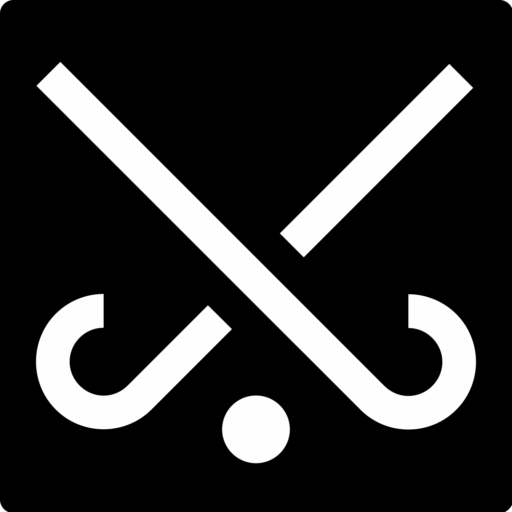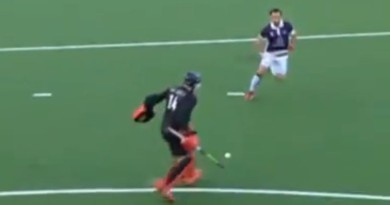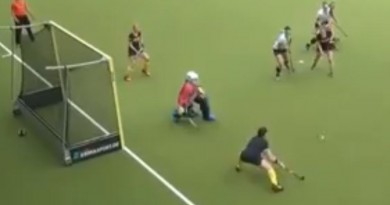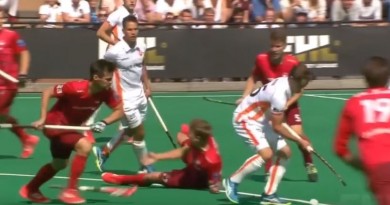Basic rules that you need to know when playing hockey
Every sport, including hockey, has its specific list of rules and restrictions, much like PlayAmo. Nonetheless, many people are often confused about the differences between field hockey and ice hockey rules; today, we’ll clarify any confusion. We have highlighted the most important rules to know as you begin your field hockey quest. This guide will be undoubtedly helpful whether you’re just planning on watching hockey or starting to play it yourself.
Players and teams allowed on a hockey field
Only two squads of eleven players, 10 field players, and one goaltender are authorized on the field at the same time. A team, on the other hand, can sub in and out as many times as they want at any one moment. This allows players enough time to recover, which is especially important for novices! Imagine racing across the field without stopping for a minute. An opponent may not be tripped, pushed, charged, interfered with, or physically handled by a hockey player. Because field hockey is a non-contact sport, all infractions result in either a free hit depending on the location and severity of the offence.
Ball kicking
Because this isn’t soccer, you can’t kick the ball. Apart from goalkeepers, who are allowed to employ their bodies or feet to hinder the opponents from scoring, participants are only supposed to strike the ball with the flat front side of their stick. You are not permitted to keep dribbling the ball if you lose grip and accidentally kick it. You could lose control of the ball if you purposefully kicked it to earn an advantage, but the game would continue if you secretly attempted to move it by kicking it but gained no benefit.
Swinging your hockey stick
In infield hockey, players are not authorized to lift their hockey stick above their shoulders. You should not backswing your hockey stick too high when making a free hit or initiating a corner since this is deemed risky. You don’t want to injure your opponent, or even worse, your partner. In any sport, safety is paramount, and in a fast-paced, intense game like hockey, you’d want to take additional precautions to avoid injuring yourself or other participants. Only the face of the hockey stick may be used to play the ball. It is a foul to utilize the back part of the hockey stick, and the ball will be given to the other team.
Maximum number of participants
Hockey is unique in that only two participants are permitted to handle the ball at the same time. If a third player gets involved, it’s deemed a third-party obstruction, and the ball goes to the team with just one player participating in the third party. The third-party obstruction rule usually entails a player assisting a teammate by preventing the opposition side from attacking and intercepting the ball. This is also a penalty, and the opposing side will receive a free hit.
Different types of cards in field hockey
A player who breaks a rule of the game might be handed a card by the umpire, as in many other sports. Green, yellow, and red cards are the three types of cards that can only be granted. The green card is less severe than the three; it acts as a warning and a reminder to participants not to disobey the rules. The yellow card carries a higher level of severity, and participants can be removed from the game for up to five minutes. The most serious penalty is a red card, which means a player is permanently removed from the game, forcing their side to proceed with lesser players.




